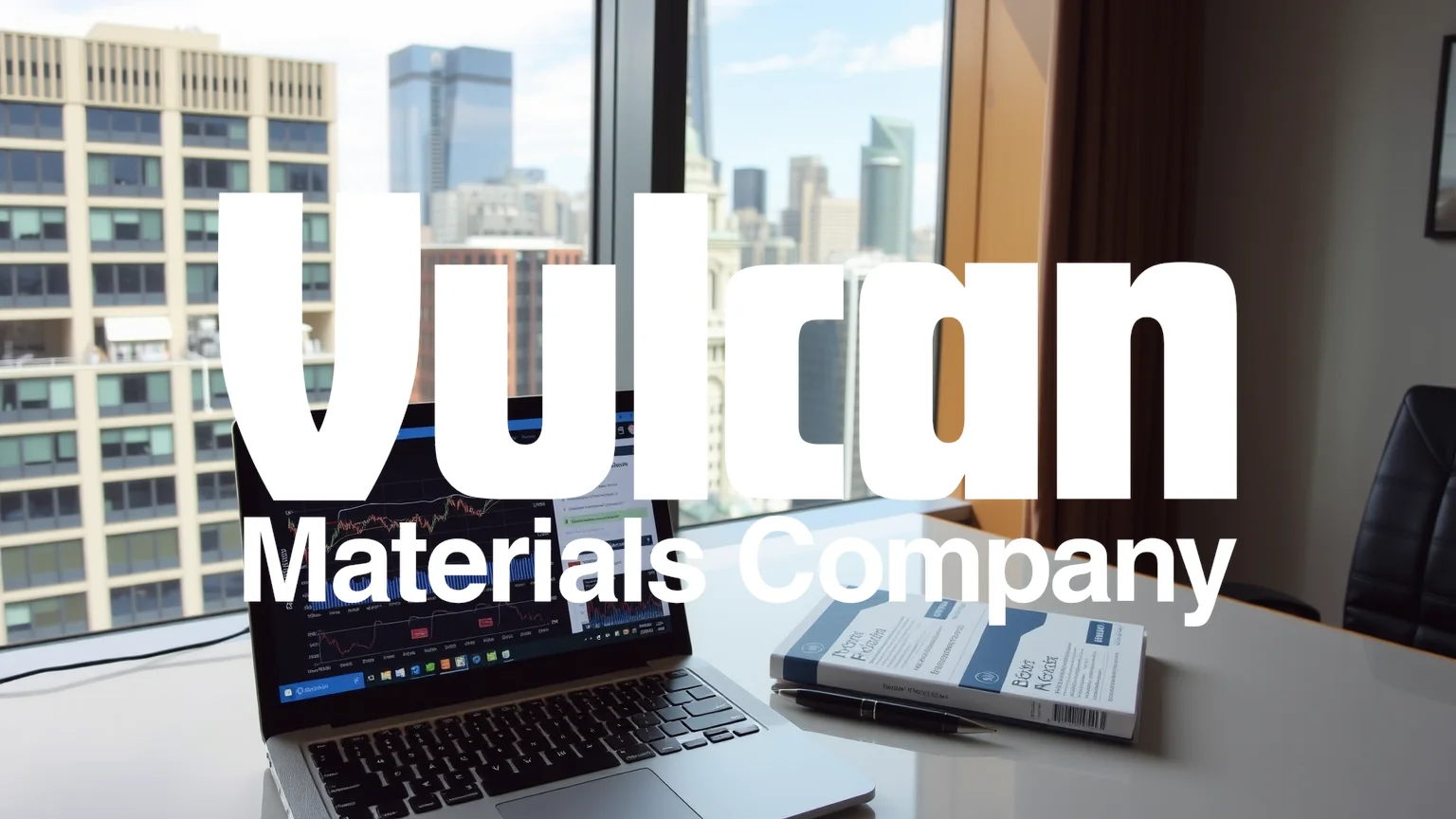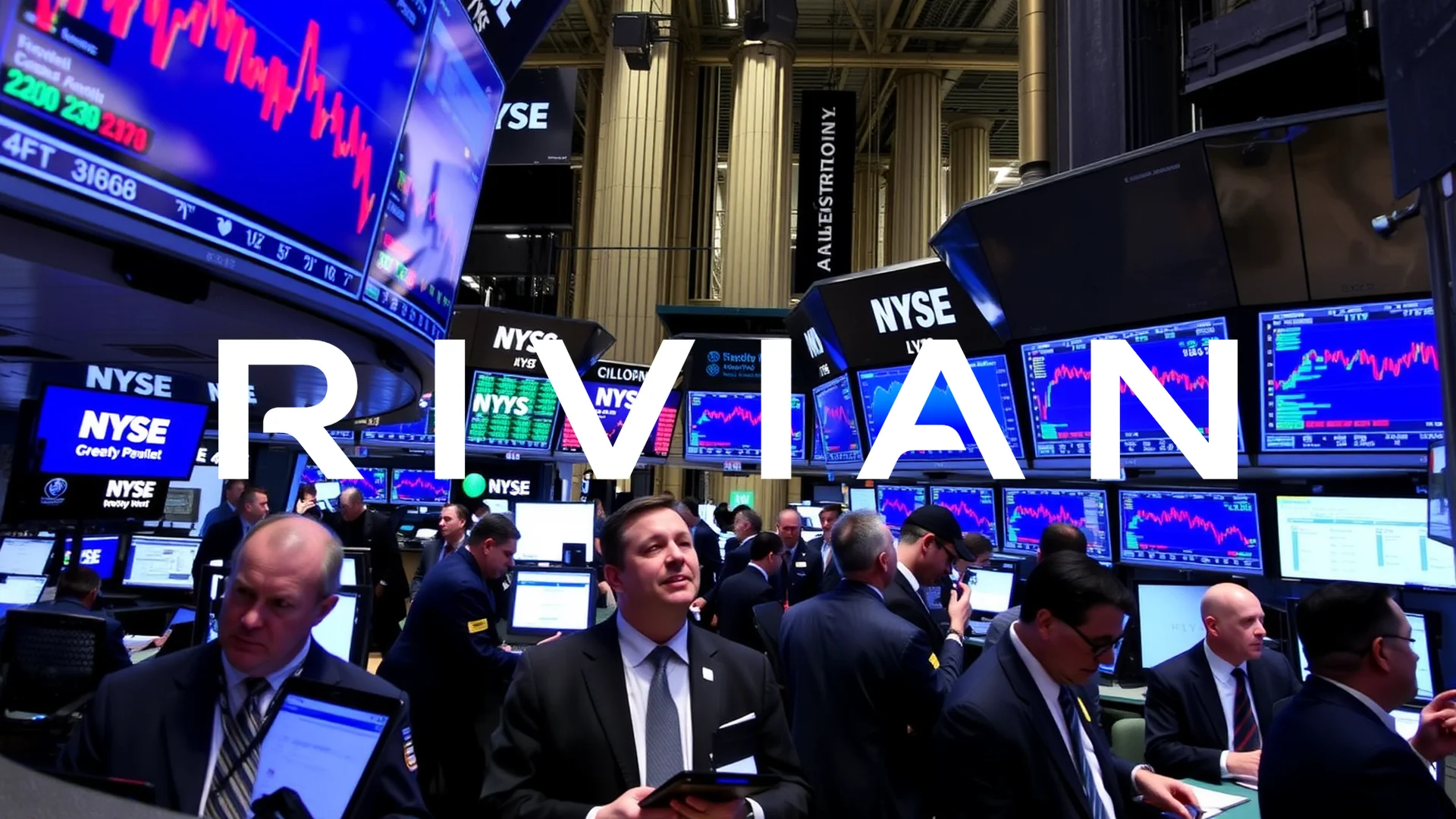Vulcan Materials finds itself at a critical juncture. The construction materials giant is caught between the powerful tailwinds of billion-dollar infrastructure spending and a series of concerning internal signals that suggest a potential pullback may be imminent. The central question for investors is whether the stock’s fundamental strengths can overcome these emerging red flags.
Technical Indicators Flash Warning Signs
The technical picture for Vulcan Materials is decidedly weak. Despite a modest gain of 0.61% on Thursday, bearish patterns dominate the chart. The stock’s internal technical score sits at a meager 3.23 out of 100 points, indicating significant underlying weakness. Analysts are noting overbought RSI levels and the emergence of engulfing patterns, both of which are traditionally viewed as precursors to a potential trend reversal. This technical setup advises a cautious approach for those considering new positions.
Insider Selling Points to Internal Doubts
Perhaps the most alarming signals are coming from within the company itself. Recent transactions reveal a consistent pattern of insider divestment, with Vice President Randy Pigg selling 650 shares at $286.56 each on August 21. This single transaction is part of a much broader and more concerning twelve-month trend that shows nine separate insider sales and not a single purchase. This persistent selling activity by those with the closest view of the company’s prospects suggests a lack of confidence in the stock’s near-term trajectory.
Valuation Concerns in a Volatile Market
From a valuation perspective, Vulcan Materials appears to be trading at a significant premium. The stock’s current price-to-earnings ratio of 40.84 substantially exceeds both the industry average of 16.5 and its own historical median. This rich valuation is further highlighted by GuruFocus’s fair value calculation of $237.40 per share, suggesting the stock may be overvalued at current levels. Such elevated multiples typically leave little room for additional upside without fresh positive catalysts to drive the narrative forward.
Should investors sell immediately? Or is it worth buying Vulcan Materials?
Mixed Analyst Outlook Creates Uncertainty
Market experts remain deeply divided on Vulcan’s future prospects. The analyst community presents a wide spectrum of price targets, with the most bullish projections reaching as high as $340 per share based on anticipated infrastructure demand. Conversely, more cautious analysts, concerned about construction cycle risks, have set targets as low as $190. The median price target of $306 implies only 6.1% potential upside—a relatively modest expectation for a company positioned as a growth story.
Macroeconomic Backdrop Presents Dual Forces
The company operates within a complex macroeconomic environment. On one hand, massive government infrastructure programs and booming construction projects for data centers and semiconductor factories provide substantial support. On the other hand, rising material costs, persistent labor shortages, and weakening residential construction demand continue to pressure profit margins. This dichotomy makes Vulcan Materials particularly sensitive to broader economic shifts.
Currently trading at €246, the stock remains well below its November peak of €278. Whether Vulcan can fulfill the promise of the “infrastructure supercycle” narrative or whether its stretched valuation and internal skepticism will prevail may ultimately be determined by upcoming quarterly earnings results.
Ad
Vulcan Materials Stock: Buy or Sell?! New Vulcan Materials Analysis from November 24 delivers the answer:
The latest Vulcan Materials figures speak for themselves: Urgent action needed for Vulcan Materials investors. Is it worth buying or should you sell? Find out what to do now in the current free analysis from November 24.
Vulcan Materials: Buy or sell? Read more here...













